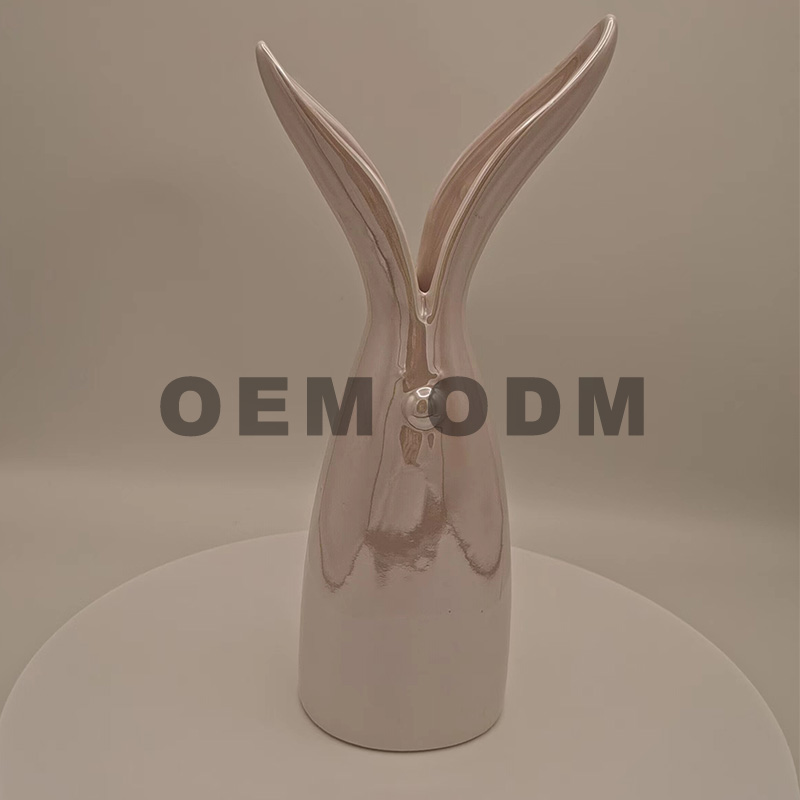The Artistry and Craftsmanship of Painted Ceramics
2023-10-18
Introduction
Ceramics, with their rich history dating back thousands of years, have always held a special place in the world of art and craftsmanship. Among the many techniques used to embellish ceramics, hand-painted ceramics stand out as a testament to the fusion of artistry and craftsmanship. In this blog, we will explore the world of painted ceramics, the techniques involved, and the enduring beauty they bring to our homes and lives.
The Art of Hand-Painted Ceramics
Painted ceramics encompass a wide range of pottery and porcelain pieces adorned with intricate designs, illustrations, and patterns applied by skilled artists. These creations showcase the beauty of marrying form and function. Whether it's a delicate porcelain teacup or a vibrant earthenware vase, hand-painted ceramics elevate everyday objects to art forms.
Techniques in Painted Ceramics
1. Underglaze Painting: This method involves applying pigments to ceramics before they are fired in a kiln. The colors fuse with the ceramic surface during firing, creating a durable and vivid finish. Underglaze painting allows for intricate designs and fine details.
2. Overglaze Painting: Overglaze painting is performed after the initial firing. A layer of glaze is applied to the ceramic, and then the artist paints the design on top of the glaze. The piece is fired again at a lower temperature to set the overglaze.
3. Majolica: Majolica is a specific type of overglaze painting that involves applying colorful, opaque glazes over a white glaze. This technique produces a glossy, vibrant finish often used for decorative ceramics.
4. Sgraffito: In sgraffito, the artist carves or scratches through a layer of colored slip or underglaze to reveal the contrasting color underneath. This technique creates intricate, detailed designs on the ceramic surface.
5. Mosaics: Some painted ceramics incorporate mosaic designs, where small pieces of colored ceramics are arranged to create patterns or images. This technique is common in decorative and architectural ceramics.
The Beauty and Versatility of Painted Ceramics
1. Artistic Expression: Painted ceramics allow artists to express their creativity and vision on functional objects. Each piece tells a story through its unique design, whether it's a delicate floral motif or a bold abstract pattern.
2. Functional Art: Painted ceramics are not just for display; they serve practical purposes in our daily lives. Teacups, plates, and bowls become functional pieces of art that enhance our dining experiences.
3. Cultural Significance: Different cultures around the world have their own traditions and styles of painted ceramics. These ceramics often carry deep cultural and historical significance, making them collectors' items and cherished heirlooms.
4. Decorative Appeal: Painted ceramics add charm and character to any interior space. Vases, bowls, and decorative plates can be used to create visually striking displays or accentuate the decor in a room.
Conclusion
Painted ceramics are a testament to the enduring appeal of handcrafted artistry in our modern world. From ancient civilizations to contemporary artists, the tradition of painting ceramics continues to thrive, adding beauty and elegance to our homes and daily lives. Whether you appreciate the fine details of a delicate porcelain teacup or the vibrant colors of a decorative vase, painted ceramics offer a bridge between art and functionality, reminding us of the timeless allure of this artistic craft.



